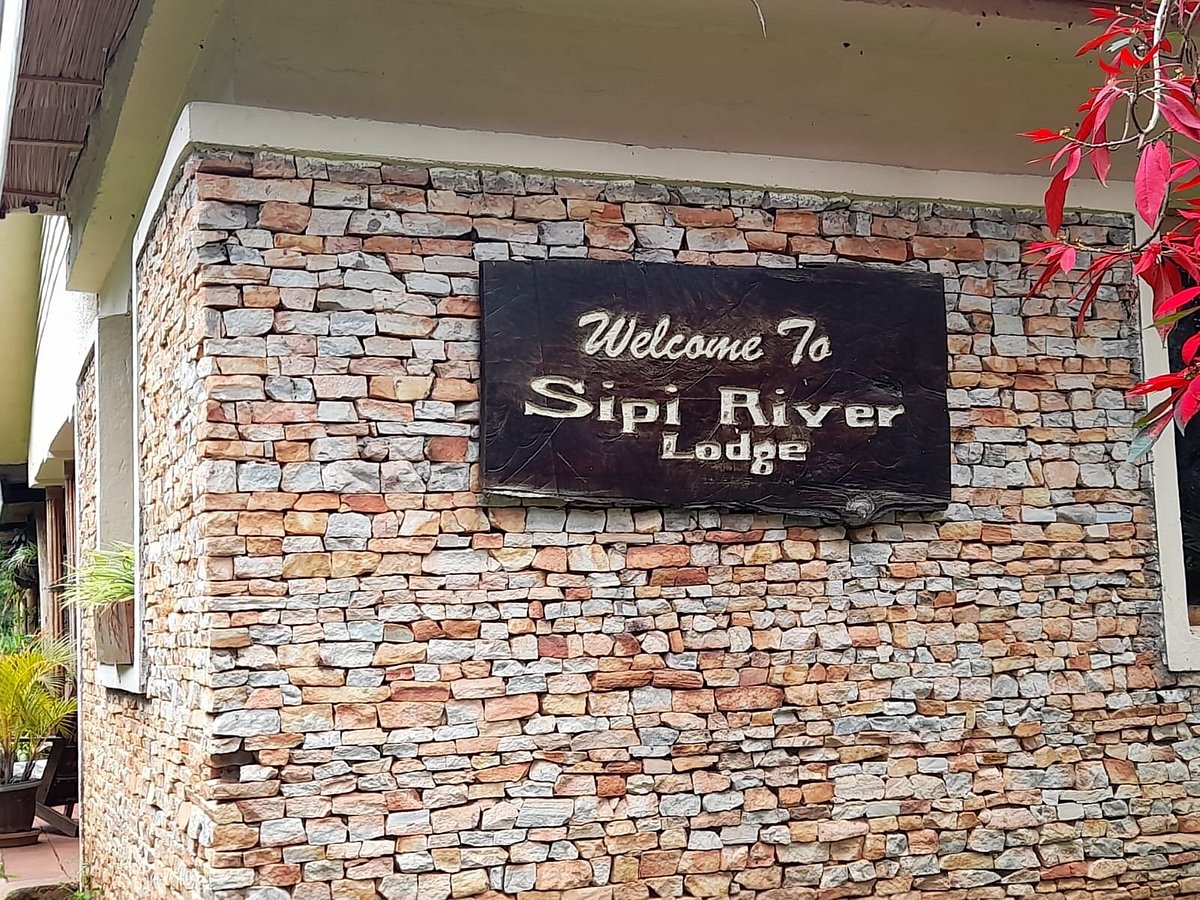Ultimate Guide to Sipi Falls
One of Uganda’s most exquisite waterfalls is undoubtedly Sipi Falls. They are also among Uganda’s most popular tourist destinations. The Sipi Falls, located in the District of Kapchorwa East, Uganda, are made up of three waterfalls (Simba, Ngasire) that are divided by precipitous hillsides. The falls are located beyond Mount Elgon National Park‘s boundaries. Rivers from Mount Elgon cascade over sheer cliff faces and plunge violently to the mountain’s base.
On the slopes of Mount Elgon, in the regions of Bulago, Chebonet, Sisiyi, and Wanale, there are more than a thousand lesser-known waterfalls in addition to the Sipi Falls. Regretfully, some of these waterfalls are inaccessible due to their higher elevation on the mountain. The “Sep” plant, which grows along the banks of the Sipi River, is the source of the name Sipi. The Sep plant is red and green, and it looks a lot like a wild banana. Fever and measles can be cured with the plant. There is a story about how some British tourists asked a local woman who was gathering wild Sep plants by the River Sipi for the name of the stunning uphill falls. “Sep,” she replied, assuming they were asking about the wild plants. After hearing Sipi, the British tourists assumed it was the name of the waterfalls. The waterfalls were subsequently referred to as Sipi.
How to get to Uganda’s Sipi Falls?
Sipi Falls can be reached by car from Kampala in four to five hours. The main route is the Kampala-Jinja highway, which provides access to interesting locations like the Nile River and the Mabira forest, among others. Following Jinja, the route proceeds to Iganga town before splitting off to connect with the Tinyiri highway that leads to Mbale. Another option is to go directly up to Tororo town and then Mbale. The longer but more picturesque Tororo route offers the opportunity to see baboons in the Busitema forest. The approximate cost of public transport from Kampala to Mbale is 30,000 Ugandan shillings.

Taxis, buses, and even motorcycles (bodabodas) are examples of private and public transportation options available to travellers already in Mbale. Sipi Falls is roughly 50 kilometres from Mbale and costs 5,000 Ugandan shillings. Hiring the services of a reputable tour operator is advised in order to prevent the inconvenience of visiting an unfamiliar location without adequate guidance. For international travellers, tour operators simplify things by ensuring that everything is ready when they arrive at the airport.
Hiking Sipi Falls in Uganda
Going to the Falls at Sipi One of the best things to do on a Uganda tour is to visit the Sipi Falls. Families, couples, or anyone looking to escape the stress of city life and have an exciting time can all enjoy a tour of the Sipi Falls. Some of the falls are visible from a distance once you are in the lodges surrounding Sipi. But hiking to the falls itself is not the same as watching or photographing them from a distance. For approximately $5, foreign visitors must hire a local guide to take them to the falls. Because the trails are poorly marked and may be mistaken for paths taken by village residents, a guide is necessary. You won’t get lost if you use the assistance of the local guides, who reside in the area. Their assistance is especially crucial during the rainy Sipi Falls Tour Uganda season, when mud makes the trails more challenging to traverse. The guides can assist you with carrying your bulky gear and navigating the more challenging parts of the trek. They can assist you in providing information about the history of the falls and the various plant species you encounter, and they are adept at navigating through local property. There are a lot of guides who claim to be familiar with the area around the lodges and the starting points. Take care to avoid being overcharged. Ask your lodge for a receipt or a trustworthy guide to help you avoid the scammers and fakes. When tourists use a tour operator to plan their trip, they should anticipate that everything, including a guide, will be set up before they arrive.
Visit Sipi Falls.
Depending on general fitness, it takes three to four hours to visit all three waterfalls. The roughly 7-kilometer walk to the top of the falls includes steep climbs, ladder climbing and passing through nearby farms. Because of the heavy rainfall in the Mount Elgon area, the mud can make the trails slick. Purchasing sturdy hiking boots with a firm grip on the ground is advised. Your guide of choice should supply a walking stick.
Depending on which waterfall you plan to hike, there are a number of starting points. To save your energy for the main waterfall’s descent, it is preferable to begin with the topmost if you plan to see all three. Selecting to begin at the highest falls entails travelling from Budadiri, joining the Sasa trail to the summit, and then descending the Sipi trail to the waterfalls. But the first and main waterfall is where most people begin, and that’s what we’ll talk about for now.
Sipi Falls Caves
Most hikers finish their journey at the first (main) Sipi falls, which drop at the highest point of 95m. The majority of lodging options are located inside the fast fall. Hiking to see the other two higher falls is more daring, even though this main drop is the most beautiful and draws the most visitors. Views of Mount Elgon, the plains of Karamoja, and beyond are much better from the upper two.
The Simba Falls, the second or middle falls, are roughly 74 meters high. Hiking past the first waterfall and then continuing on a steep trail to an ancient cave is how you get to this second cave. The caves are thought to have been inhabited by humans for hundreds of years, and bats can be found there. Hikers can safely observe the water from behind by standing close to the cave’s entrance. They will appreciate the lovely breeze and tranquil setting of the falls.
Sipi Falls Hike
Before arriving at the highest falls, Ngasire, the third falls requires hiking up steeper terrain. Although the reward is greater, hiking the distance between the second and third falls is more difficult. At roughly 85 meters, Nsagire is the tallest waterfall, and you will start to notice them from a distance. It’s incredible how high it is, how strong the flow is, and how misty everything is. The mist is so intense that it permeates the majority of the nearby forests, giving them an unusually dark green hue. Mild rainbows are created when the sun and mist combine, and they are truly amazing. Additionally, hikers will have the chance to capture stunning images of the Karamoja plains, Lake Kyoga, and Mount Elgon. The descent back to the lodge’s starting point was fairly easy and less taxing after enough pictures were taken. Midway through, hikers can pause at a lodge for lunch or rest if they have time.
Best time to visit Sipi Falls
What time of year is ideal for visiting Sipi Falls? Uganda experiences two rainy and wet seasons due to its tropical climate. All year long, the temperature is warm and comparatively constant. This makes it possible to visit the Sipi Falls all year round. Travellers and tourists who want to experience the cool weather in the area often visit the waterfalls during the drier seasons of the year. The best time to visit is during the dry season because the trail leading to the tallest waterfall is not slick. But during the rainy season, the waterfalls are bigger and flow more forcefully. Therefore, in order to fully experience the force of the waterfalls, we encourage visitors to come even during the rainy season.
Accommodations Near Sipi Falls
There are plenty of hotels and lodges in the Sipi Falls area that provide cosy accommodations while taking in the serene surroundings. There are budget, moderate, and upmarket lodging options available.
The Crow’s Nest:
This is a budget lodge is situated on Mount Elgon’s slopes. It was among the first lodges constructed in the region. With fantastic views of the waterfalls, the bandas (grass thatched rooms) can hold up to 100 guests. The lodge provides adequate amenities without going overboard. Dormitories and double rooms are self-contained and can be shared. Activities available to visitors include rock climbing, village walks, climbing Mount Elgon, and touring the coffee plantations.
The Sipi Falls Resort
With a clear view of the main waterfall, Sipi Falls Resort is situated inside Mount Elgon National Park. The charming rooms have grass-covered roofs and are constructed from local materials (bamboo), but they have a contemporary finish. You get the impression that you are living as the village residents have for thousands of years when you stay in the self-contained rooms. To accommodate customers who require more opulent amenities, two luxury cottages have been constructed. From the hotel gardens, one can observe the Sipi Falls and the Karamoja scenery. Bananas, beef, chicken, eggs, French toast, and tilapia are among the foods and breakfast items. Tours to the Sipi Falls and to see a local coffee farmer are organised by the hotel.
Sipi River Lodge
Luxurious rooms with superior amenities and décor are available at this lodge, but they come with a cost. The lodge features a reading area, dining room, verandah and bar, and it offers nice views of the waterfalls. Every banda has a unique moniker.

Lacam Lodge
The mid-range Lacam Lodge is made of bandas, which are made of local timber and thatched with grass. The majority of the rooms have toilets and bathrooms and are self-contained. Because tents can be set up for the night at designated locations, this lodge is perfect for those who want to camp.
Hotel Noah’s Ark
Budget, mid-range, and luxury rooms are available at this hotel. The hotel is situated on Mount Elgon’s slopes. Booking in advance is not possible at this popular hotel, especially if you’re interested in the less expensive rooms. On request, camping tents can be set up.

